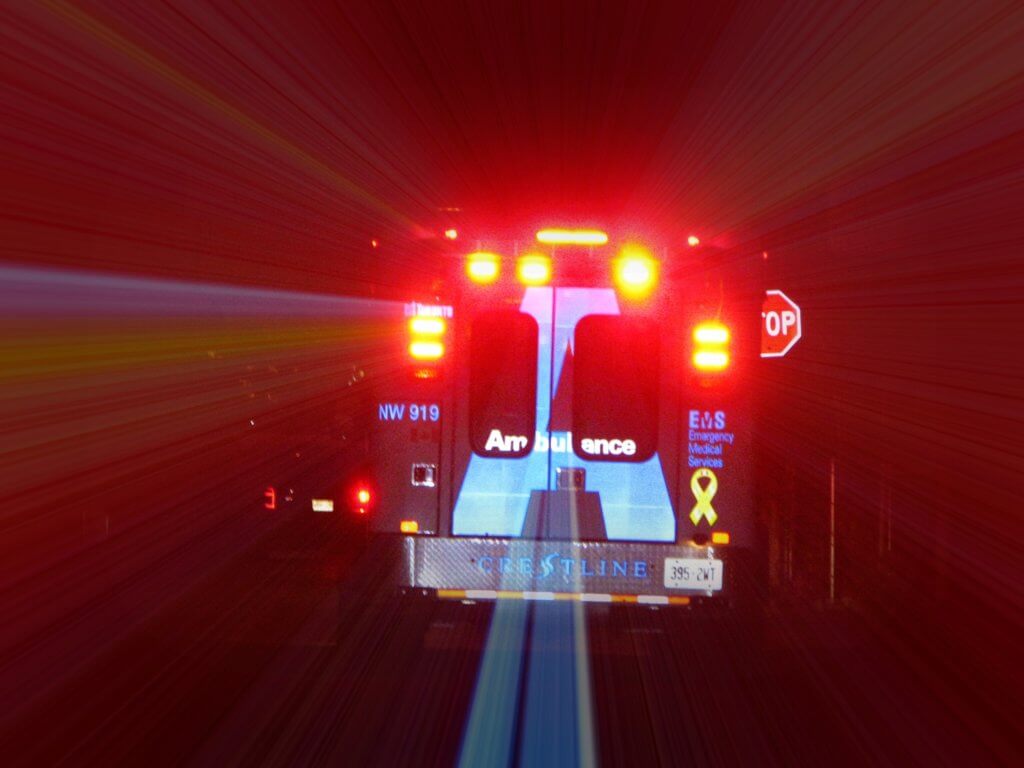Heart attacks can be scary. They can be sudden, and they can be lethal. Recent statistics show that for every 100 people that suffered a heart attack outside the hospital, on average only 10 survived. But there’s another statistic from the American Heart Association that will give you hope — that improved to a 45% survival rate when a bystander performed CPR. This means that the more people understand how to respond, the better our survival rate from heart attacks will be.

How should I react?
Let’s say you’re not a trained healthcare professional, like most of us. It’s understandable to be hesitant about jumping in to help. This is called Bystander Effect, according to the experts at AED Superstore, a Preferred Vendor for PTPN (Physiquality’s parent company). The bigger the crowd, the less likely someone is confident enough to step up and help the person, hoping that someone more qualified will do so. But the longer people hesitate, the more the person is at risk.
If you see someone pass out and they can’t tell you why, they need help. The AED Superstore experts recommend this approach:
- See if the person is still breathing, and if they respond to being (gently) shaken.
- Ask the person if he or she is OK. If they don’t respond, and they don’t respond to being shaken, they need an immediate response.
- Pull in other bystanders to do simple tasks. Ask one to call 911. Ask another to find an AED (automatic external defibrillator). See if anyone can assist as you perform CPR.

AED Superstore notes that people are more likely to help if you identify them by the color of the shirt or something distinctive about their apparel. If you say, “You in the red tank top, can you call 911?” or “You with large blue tote, can you see if there’s an AED nearby?” people will know they are being addressed, and what they need to do to help.
While some of us were taught that CPR includes mouth-to-mouth resuscitation, the AHA recommends that non-healthcare providers do Hands-Only CPR. This requires only one thing: Quick and hard compressions to the chest. It’s usually faster than you’d imagine, about 100 compressions per minute, a rate that roughly compares to the tempo of the song, “Staying Alive,” by the Bee Gees. Rather fitting, wouldn’t you say?
What about my own heart health?
If you’ve suffered a heart attack, make sure that you talk to your doctor about cardiac rehabilitation as you recover. Regaining your physical strength and improving your heart health will be a key part of both recuperating and reducing the risk of another cardiac event.

But it’s not a bad idea to consider your heart health without such a dangerous wake-up call, particularly if you have already been diagnosed with heart disease or have been told by your doctor that you are at risk for heart disease. One of the best ways to improve your cardiac health is by exercising more and being more active. If you’re concerned about your heart and want to live a healthier life, talk to a physical therapist about how you can get moving in the best way for your body.
Are you looking for a physical therapist to help with your heart health? Use our locator below to find a Physiquality physical therapist near you.
Thank you to our contributors:

AED Superstore, a Preferred Vendor for PTPN (Physiquality’s parent company), is the world’s largest distributor of automated external defibrillators and related accessories. The company also offers AED, CPR and first aid training courses through its network of American Heart Association‐accredited instructors.
American Heart Association.
Bystander effect and cardia arrest. AED Superstore, December 12, 2018.
Diseases and conditions: Heart attack. Mayo Clinic, May 30, 2018.
Physiquality.
- Walk more, be healthier. March 7, 2018.
- 6 habits for a healthier heart. February 1, 2018.
- How exercise can help prevent disease. June 2, 2014.
“Chevrolet Express Emergency Response Services” by MSVG is licensed under CC BY 2.0.